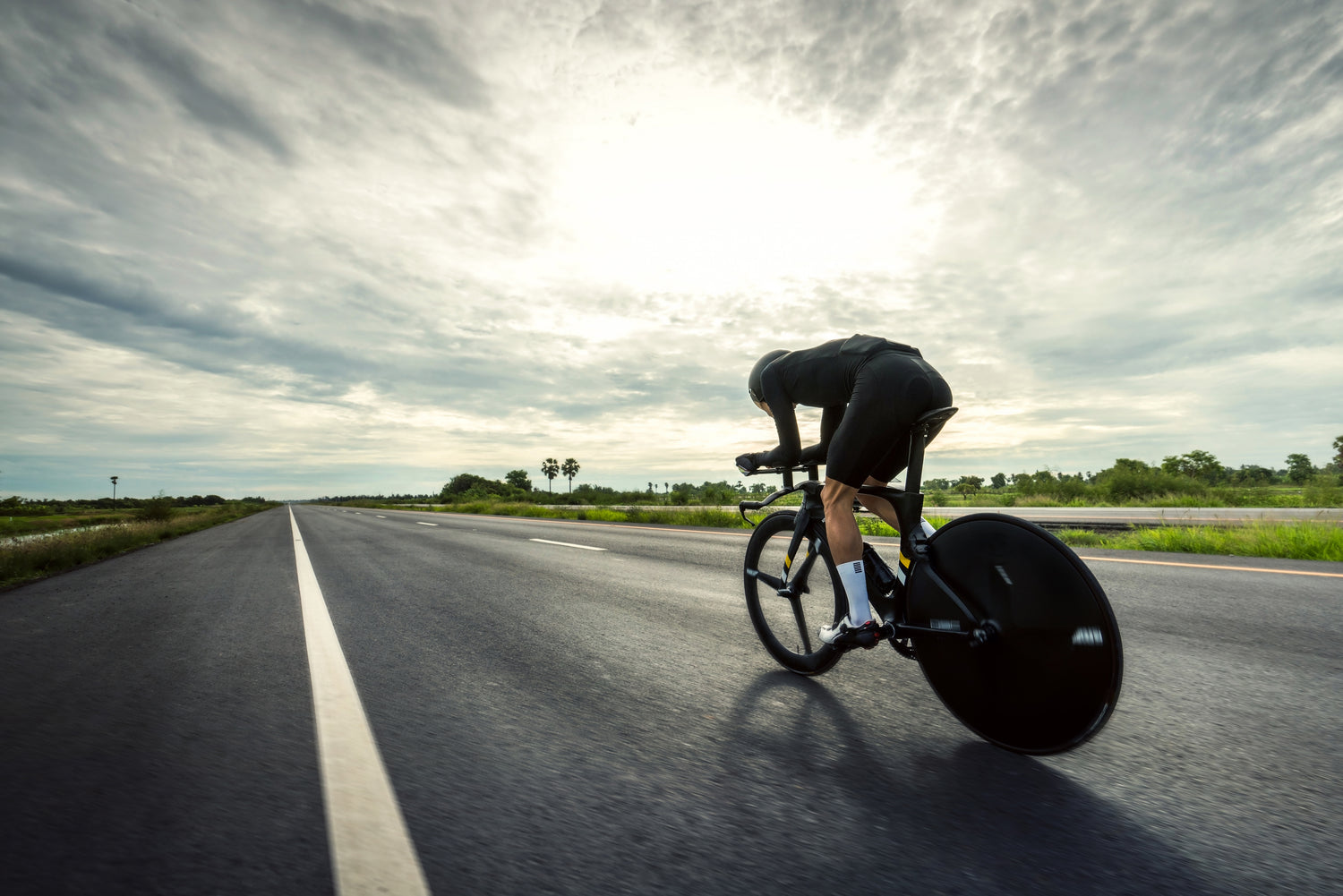What type of road bike should I get?

We all have an idea of what a road bike should look like. Drop handlebars, skinny tyres and aerodynamic frame, to name but a few things. However, look a little closer and there is a whole range of bikes within the ‘road bike’ category. Here are just a few of them…
Racing bikes
As the name suggests, these bikes are designed to go fast. When you think of a road bike, this is probably what you are imagining. They have a lightweight frame and a geometry that means the rider is in an aerodynamic position.
As speed is the priority, these bikes will often have high gearing - although with different gearing they can also be great climbing bikes. Due to the aggressive geometry, these bikes are probably not the best option for beginners. They are also not as comfortable as other bikes, due to the fact they prioritise weight over everything else.
Different geometries will mean slightly different fits, so if you are unsure about what bike is the right size for you, check out our guide to road bike sizing.
Time Trial bikes
Time Trial bikes are designed to go even faster. They are characterised by having an extremely aggressive geometry, putting the rider in an aerodynamic tucked position.
These bikes have different handlebars to your usual road bike, with both wide and narrow tucked grip options. They also often have thicker frames that slope backwards in order to reduce drag and may even have a solid disk rear wheel.
Time trials are almost always on flat roads, so these bikes have very high gears and are unsuitable for anything that isn’t time trial riding. These are specialist machines, and even experienced cyclists can struggle to get into the tucked position required to use them, so we wouldn’t recommend buying one unless you want to give time trialling a go.
Endurance bikes
Endurance bikes, often known as sportive bikes, are designed to be ridden for a long time. They are more comfortable and stable than a racing bike, with a more relaxed geometry that means you can stay in the same position for longer.
Due to the riding position, they are easier to handle and are more useful on a wide range of terrain. The bike’s frames are also slightly less rigid than the others, which makes them more comfortable and helps to absorb the bumps of the road.
The gearing is less designed for speed and more for ease of ride, so they generally have lower gearing options that make climbing hills that bit easier. The frames also often have more tyre clearance, so you have the option to use different widths of tyres depending on what you are doing.
Endurance bikes are probably the best option if you are a new road cyclist, as they offer you the best all round performance whilst being the easiest to handle.
Gravel Bikes
Admittedly, this article is all about road bikes, so hear me out…
At a glance, gravel bikes look very similar to a lot of road bikes. They have drop handlebars, similar geometries and the current trends mean some of them even have similar width tyres. It’s why many people say that gravel bikes are the perfect all in one option. They are great at riding on the trails and off-road, but as they share so much with road bikes they are no slouch either.
Most gravel bikes have knobbly tyres to give them grip off road, but this doesn’t impact their road performance too much. You can also quite easily swap them for a pair of slick tyres if you find you are using the bike on the road more often.
Gravel bikes are another strong option for beginner cyclists as they give you a chance to explore more terrain and places to ride. In our eyes, that can never be a bad thing….






